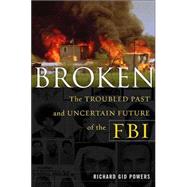The FBI that failed on 9/11 is the creation and captive of its spectacular and controversial past. Its original mission -- the investigation and prosecution of only the most serious crimes against the United States -- was forsaken almost from the begin









